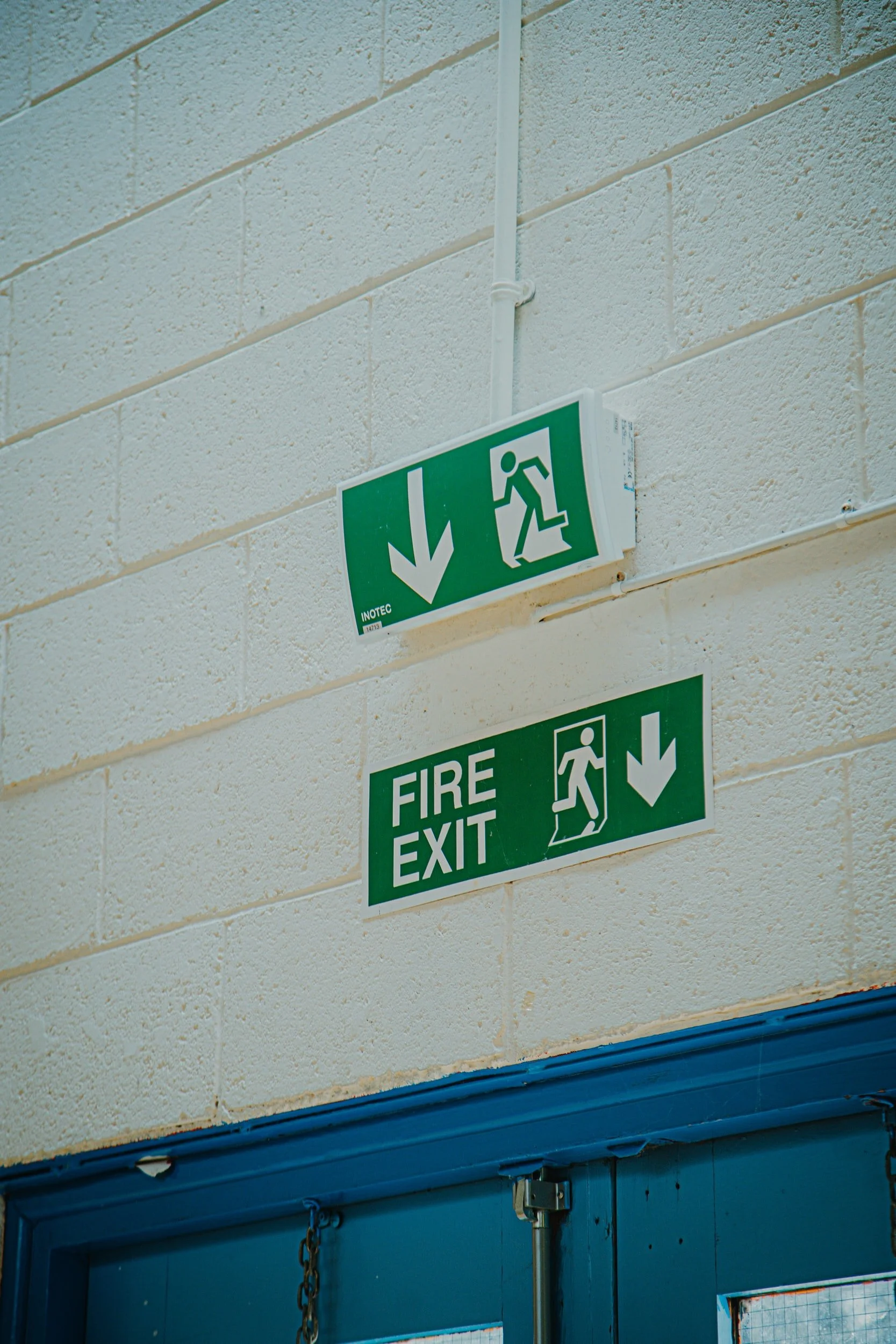Who does a fire risk assessment protect?
The safety and wellbeing of employees, contractors and members of the public should be a priority for any business. To ensure your business is a safe place for people to work and visit, you must carry out fire risk assessments. Carrying out risk assessments, of any kind, may not be your favourite thing to do, but with our help they won’t be such an arduous task.
Fire risk assessments are a legal requirement, as they ensure that your business is adhering to health and safety measures and regulations. But, besides from legal compliance, you should be carrying out risk assessments to protect your staff and customers and to make sure your workplace is an environment where people can thrive.
In this piece, we will delve into who fire risk assessments protect, and how they protect them so that you’re better informed about all things risk assessment.
What are the aims of a fire risk assessment?
The main aims of a fire risk assessment are simple; to prevent a fire from starting and to protect those who reside in, work in or visit a site, from fire. A fire risk assessment and an effective fire risk management system will also protect businesses from financial losses, lawsuits or irreparable damages.
Completing a fire risk assessment will help you meet the following aims:
Identifying fire hazards or risks in your premises
Reducing and/or eliminating hazards
Implementing passive and active fire precautions and management
Once a fire risk assessment has been completed, a fire risk management system can be established. This management system will help you design, plan, manage and coordinate fire safety practices and procedures.
Who carries out a fire risk assessment?
According to the Regulatory Reform (Fire Safety) Order 2005 (FSO), a ‘responsible person’ is in charge of carrying out a fire risk assessment and reviewing it regularly. They may be the landlord, employer or facilities/building manager of the property. Sufficient training and a knowledge of fire safety is needed to conduct a fire risk assessment. The ‘responsible person’ will need to evaluate and report the likelihood of whether a fire will start, and if the fire could cause harm to those in or around the premises.
If you’re unsure of who your ‘responsible person’ is or how to carry out a fire risk assessment, Crysp’s Fire Assessment Team can offer you expert advice and carry out an inspection to determine the fire risks and hazards in your premises.
When is a fire risk assessment needed?
A fire risk assessment needs to be carried out when there are people either working or residing in the property. If there are five or more people using the premises, it is a legal requirement to keep a written record of the fire risk assessment. The assessment should be reviewed immediately by the ‘responsible person’ if:
There’s reason to believe it’s invalid
Changes have been made to the premises (e.g. if there’s been building work, or there are more people working/living there)
Even if no changes have taken place, or you believe the last fire risk assessment is still valid, it’s important for the ‘responsible person’ to review the risk assessment every 12 months. Every business has the responsibility to protect its workers and visitors from harm and create a safe and secure working environment.
How does a fire risk assessment protect people?
Carrying out a risk assessment is the best way to ensure your employees’ and contractors’ safety, as well as the safety of members of the public.
The first step of a fire risk assessment is determining risks. Once the ‘responsible person’ has reviewed the premises and identified the potential fire hazards and risks, then they’ll be able to take action towards reducing or eliminating them. Making employers, managers and employees aware of the health and safety risks is one such action. Communicating potential fire hazards will enable them to take precautionary measures to protect themselves and those around them. Important health and safety information, including the findings of a fire risk assessment, should be accessible to all members of staff. Safety precautions should be communicated to staff members clearly and effectively, especially when using heavy machinery, equipment and hazardous materials.
Other actions that will protect people against fire risks include:
Replacing equipment or products with safer alternatives
Restricting access to hazardous areas, equipment or materials
Wearing personal protective equipment
Incorporating safety processes, procedures and practices into the workplace
Crysp’s innovative software and digital compliance platform makes compliance with the Regulatory Reform (Fire Safety) Order 2005 simple, effective and straightforward. Find out more about how Crysp can help you with fire risk assessments today.

